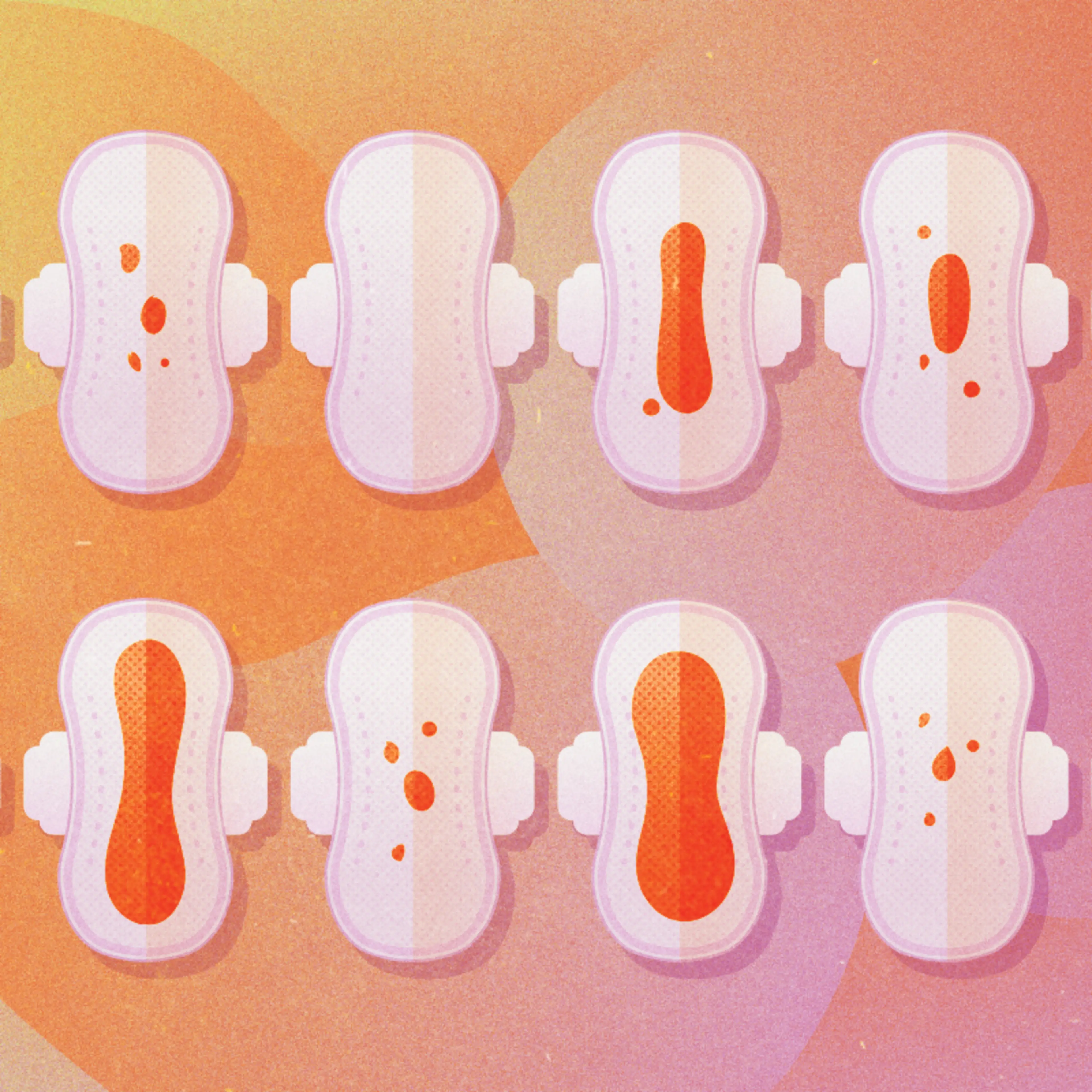When it comes time to try for a baby, parents-to-be do everything they can to up their chances of success. Between taking prenatal vitamins, carefully tracking ovulation, and timing sex to the minute, there’s a lot of advice swirling around for hopeful parents.
While you might not want to add yet another tool to your “things to try” list, there’s one thing that isn’t as widely talked about that might make a difference in boosting your fertility: pelvic floor therapy.
During and after pregnancy, the pelvic floor gets a lot of attention. The pelvic floor, an oft-forgotten group of muscles that support the bladder, bowels, and all important uterus, plays a vital role during pregnancy to support the weight of the baby and other organs. But while pelvic floor therapy is something people most often turn to once they are already pregnant—or in the postpartum recovery stage—it’s time to start thinking about pelvic floor therapy a little differently and a little earlier, according to Amy Meehan, a physical therapist and co-founder of Revelle, a women’s wellness practice that specializes in pelvic floor dysfunction, pregnancy, and postpartum.
“Anyone that is thinking of conceiving, [the] pelvic floor is a great place to start,” says Meehan. “That is where all the magic happens. And so we really need to understand what's going on with this area prior to pregnancy to make sure that we have a really good pregnancy, we have a great delivery and birth, as well as postpartum recovery,” she says.
Meehan shared the experience of one of her patients who said she found it so difficult not to stress while trying to get pregnant, yet everyone advised her that the best way to up her chances of success was to stop stressing. That’s where pelvic floor physical therapy stepped in. “Pelvic floor PT has helped decrease [my ]stress, both physically and emotionally,” Meehan’s patient said. “I truly believe PFPT was a game changer for my current pregnancy and am glad I got to experience it pre-conception and during pregnancy.”
Getting Up Close & Personal with Your Pelvic Floor
The pelvic floor has five major functions: support, stability, sexual function, sphincter controls, and circulation—or as Meehan puts it, “It's in charge of pee, poo, and sex.” When the pelvic floor is too tight or too weak, any one of those can be affected.
Despite the name, the benefits of pelvic floor therapy aren’t limited to the pelvic floor. While therapy can help tone the pelvic floor and prevent issues, like leaking urine or pain during sex, treatment can also help align the hips and pelvis to reduce aches and pains or calm the nervous system to improve overall tension and stress (more on this mental health benefit later).
But What Does It Have to Do with Getting Pregnant?
But back to the question at hand: how can pelvic floor therapy help you get pregnant? When it comes to boosting fertility, the pelvic floor’s circulation function is key.
“In order to work together and to work properly, they need good blood flow. That's what brings in all the nutrition,” says Meehan. “If you have scar tissue or tight muscles or anything along those lines surrounding your reproductive organs, it's decreasing the amount of circulation and blood flow to those organs for them to work appropriately,” she explains.
But pelvic floor therapy can help correct these imbalances. With a rebalanced pelvic floor, the uterus and other reproductive organs are in a healthier place to support a pregnancy. A major reason for this is the increased circulation that Meehan mentions, which cycles healthy blood through the reproductive system. Plus, the extra benefits of a more relaxed nervous system and a more functional muscle system make getting pregnant, staying pregnant, and enjoying that pregnancy a little easier.
A pre-pregnancy pelvic floor therapy appointment will look a little different depending on the practitioner you see, but Meehan explains that it often begins with a thorough assessment and an intensive look at the patient’s medical history. Then it gets hands on: a head-to-toe assessment to look at the alignment between the spine and pelvis, a look at how the patient sits and stands, an abdominal check for scar tissue, and a palpitation of the uterus, ovaries, and bladder. After that, a pants-off assessment begins, where the practitioner does an external exam of the vulva area and an internal exam to check the function of the pelvic floor. (A patient can always decline an internal exam). Subsequent appointments depend on the individual’s needs, and might involve exercises, education, bodywork, and more.
It may sound a little bit like your annual trip to the ob-gyn, but don’t expect a typical pelvic floor PT appointment to have the same medical feel: “We really try to make it as comfortable as possible. There's no stirrups, we have heated tables, soft sheets. We want our patients to be as comfortable as possible, and we always just meet them where they are,” explains Meehan.
Should You Consider Prenatal Pelvic Floor Therapy?
A professional can help assess your specific situation, but anyone who’s had abdominal surgeries, endometriosis, and PCOS are all at risk of pelvic floor dysfunction. This also includes those who have a tight or overactive pelvic floor. Constantly holding tension in this area could possibly restrict circulation and impair someone's ability to fall pregnant, explained Meehan. In other words: if you’re stressed a lot (and who isn’t?), it could mean trouble for your pelvic floor region. “I always tell people to think if you were to clench your fist really, really, really tight and you see how your knuckles kind of turn whitish. That's decreased circulation in that area,” she said.
Even if none of this sounds like you, it may still be worth getting an assessment. Around 25% of women have pelvic floor dysfunction1 and may not even be aware of it. “We always say, honestly, every female should at least go for one visit, so you know what the heck is going on down there,” suggests Meehan.
But if you’re overwhelmed by doctor appointments and fertility tips, there are some tell-tale signs to look out for that may point to your pelvic floor needing some help. These include:
Painful intercourse
Painful periods
Pelvic pain
Difficulty inserting a tampon
Feelings of heaviness or bulging in the vaginal area
Leaking urine or fecal matter
Frequent urination
Constipation
Anyone who has previously given birth or who does high-impact activities like running or Crossfit, gymnasts, as well as those who have previous injuries like abdominal surgeries all have an additional risk, too.
According to Meehan, there’s no one perfect time frame to start pelvic floor therapy before trying to conceive, and it largely depends on each individual. “We always tell people trying to conceive, it's a process. It's not like month one, here we go,” she explains. “The sooner the better. I think six months would be a beautiful time marker because that'll give us time to work on any dysfunction that we might find,” she said.
Pelvic Floor Therapy Can Help Your Body—and Mind
The pelvic floor is pretty incredible—it’s where all the action takes place before, during, and after pregnancy. But what is not as widely known is that it can have a big effect on your nervous system and your stress response—aka treating your pelvic floor can impact your mental health.
As annoying as it is, there’s something to the adage that people finally get pregnant when they stop focusing on it. One study found that stress actually can interfere with conception rates, with women who had the highest level of alpha-amylase, an enzyme used as a biomarker for stress levels, during the fertile window showing a 12% reduction in likelihood of pregnancy each month. (Though since we all know the least likely way to help someone stop stressing is to tell them to relax, it’s important to give a quick bit of reassurance2 for those chronically worried: stress doesn’t seem to prevent pregnancy overall, it may just delay it.)
So, stress isn’t ideal for getting pregnant, but treating the pelvic floor can help. It does this in two ways. The first is, because of the way the pelvic floor is connected to other parts of the body, pelvic floor therapy can act as a stress reliever and teach you methods to relieve tension in your body.
“When we see overactivity of the pelvic floor, we'll oftentimes see overactivity in the TMJ muscles in the jaw and the upper traps. That's where we hold a lot of our tension. If we can get someone more aware and we can teach them how to actively lengthen the pelvic floor and how to properly breathe through their diaphragm, all of that then can alleviate some of this tension that we're hanging onto,” says Meehan.
The second is improving how you breathe, which can help calm your nervous system.The diaphragm is important, Meehan explains, because it connects to a nerve called the vagus nerve. The vagus nerve, a part of the parasympathetic system, helps calm the body after periods of stress to restore equilibrium. “If we can teach someone how to properly engage the diaphragm and lengthen the diaphragm and breathe appropriately, that's going to directly correlate with what's going on in the central nervous system. And that is huge,” she says.
Another Tool in Your TTC Toolbox
Everyone’s journey to pregnancy is different, and there’s no “one size fits all” advice when it comes to what will help you to conceive. But when you take a holistic looks at your health and wellness as you enter the TTC stage, you might want to consider getting a pelvic floor assessment to help you understand where you might be holding tension, whether scar tissue could affect your fertility, increase much-needed blood circulation, and help you connect with your body. At the very least, understanding more about this part of your body may help you decrease your stress, and that is always a win-win.












